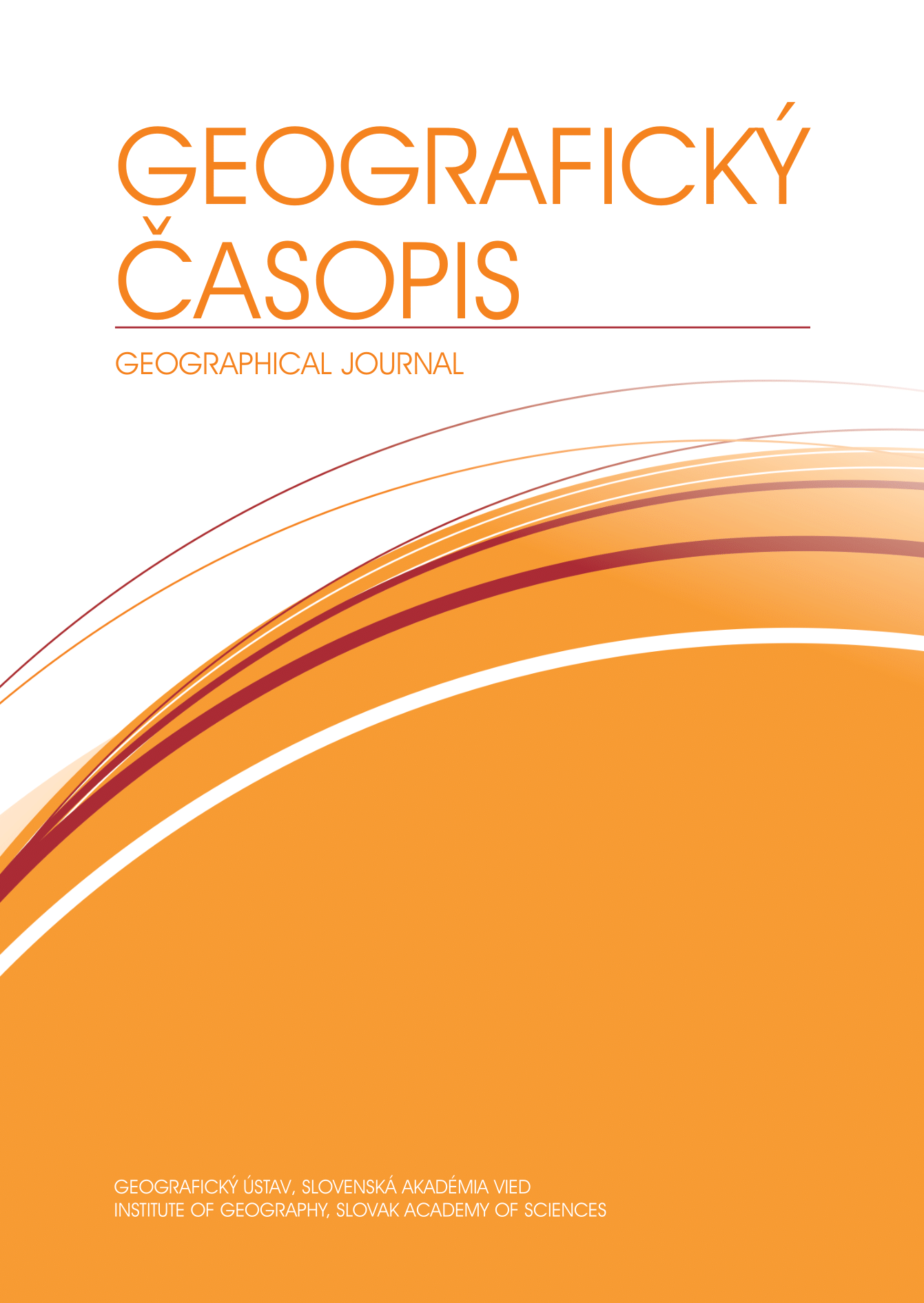Reshaping Regions: A Silent Divergence Deepening Inequalities in Slovakia
DOI:
https://doi.org/10.31577/geogrcas.2025.77.2.02Keywords:
migration, regional disparities, spatial econometrics, migration efficiency, suburbanization, economic polarization, human capitalAbstract
Migration plays a crucial role in reshaping regional socioeconomic disparities, particularly in post-socialist countries. This study examines migration patterns and their role in reinforcing spatial polarization in Slovakia. It aims to identify key economic, infrastructural, and demographic factors influencing migration trends and to assess their long-term impact on regional development. The study employs spatial panel econometric models to analyze district-level migration data in Slovakia spanning from 2002 to 2022. It utilizes migration efficiency indices, attraction efficiency indices, and gross migration balance rates in combination with economic variables: unemployment, GDP per capita, housing prices, and population structure. Spatial regression models account for spatial autocorrelation and interdependencies across districts. Findings indicate persistent west-east polarization, with Bratislava and western regions gaining population due to economic opportunities and suburbanization, while eastern Slovakia faces continued out-migration linked to economic stagnation and infrastructural deficiencies. Spatial effects show migration trends are significantly influenced by neighbouring districts, thus reinforcing cumulative regional advantages and disadvantages.
Downloads
Published
Issue
Section
License
Copyright (c) 2025 Geografický časopis / Geographical Journal

This work is licensed under a Creative Commons Attribution-NonCommercial 4.0 International License.
The authors accept and agree to respect the terms and conditions of this public license. Published articles or their parts may be reused, provided that the names of the authors are mentioned and will serve only for non-commercial purposes.

